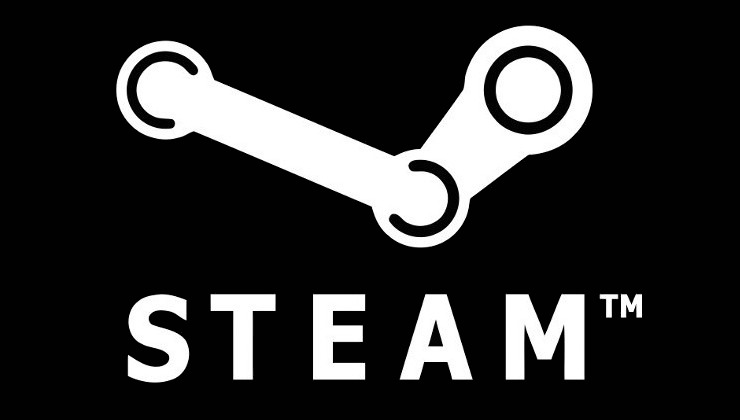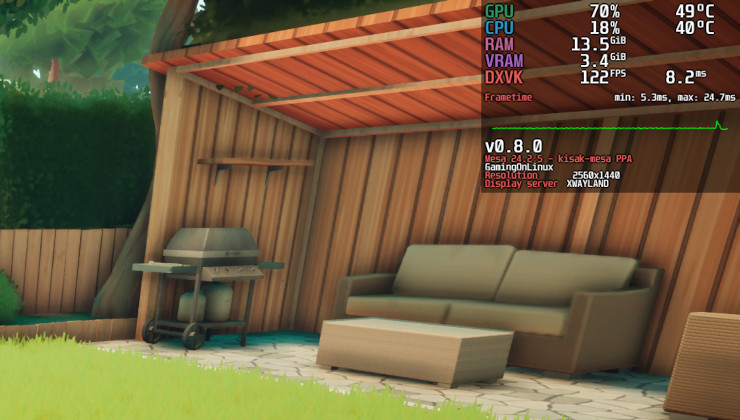If you want to fully control your GPU on Linux you may want to check out the latest update to Linux GPU Configuration Tool (LACT), which brings in various new features. Version 0.7.1 was released on February 27th.
Main changes in this release:
- Updated clockspeed configuration on Nvidia GPUs. Clockspeeds are now configurable per-pstate, and are displayed as an offset value. Note: existing clockspeed settings will get reset to default.
- LACT now detects GPU device changes, automatically picking up added or removed devices without requiring a service restart. While this is not a very common scenario, it is useful for certain use cases such as reloading the driver or dynamically reattaching a GPU.
- Minor info reporting improvements, such as showing resizeable bar support on Nvidia and Intel.
- Custom p-states are now only applied when actually configured in the UI. This can help with custom clock settings not applying when using a custom performance level on RDNA3 GPUs.
- Graphs window no longer causes system lag on some setups.
- Process and gamemode listener fixes.
I have to admit, I never really mess with pretty much any GPU / CPU stuff at all. I generally stick with stock everything to not cause any potential issues. However, I really like the layout of this and how it gives you an easy readout of everything. Here's how it looks on my AMD GPU:
Do you use it? Let me know what you think in the comments.
See more on the GitHub page.
Some you may have missed, popular articles from the last month:
You can also find comments for this article on social media: Mastodon
All posts need to follow our rules. For users logged in: please hit the Report Flag icon on any post that breaks the rules or contains illegal / harmful content. Guest readers can email us for any issues.
I have a RX 6700 XT standard model, which has a less than ideal cooler design for hot climates. I use LACT to undervolt and to put a power cap of -10W. It does its job very well for me.
While the visual is not as fancy as AMD's control panel on Windows, it is still easy in the eyes and in my opinion, less cluttered and easier to find what you are looking for, which is a big plus.
The only "complication" is to install and config its daemon, so it keeps the settings you configured between sessions, but even that is automated and noob level easy.
I'm glad Linux had a tool like that, and wish its developers earn more recognition from the hardware vendors.
While the visual is not as fancy as AMD's control panel on Windows, it is still easy in the eyes and in my opinion, less cluttered and easier to find what you are looking for, which is a big plus.
The only "complication" is to install and config its daemon, so it keeps the settings you configured between sessions, but even that is automated and noob level easy.
I'm glad Linux had a tool like that, and wish its developers earn more recognition from the hardware vendors.
0 Likes
I wonder if there's gonna end up being a fork of this called LACTation. 🤔
0 Likes








 How to set, change and reset your SteamOS / Steam Deck desktop sudo password
How to set, change and reset your SteamOS / Steam Deck desktop sudo password How to set up Decky Loader on Steam Deck / SteamOS for easy plugins
How to set up Decky Loader on Steam Deck / SteamOS for easy plugins
See more from me